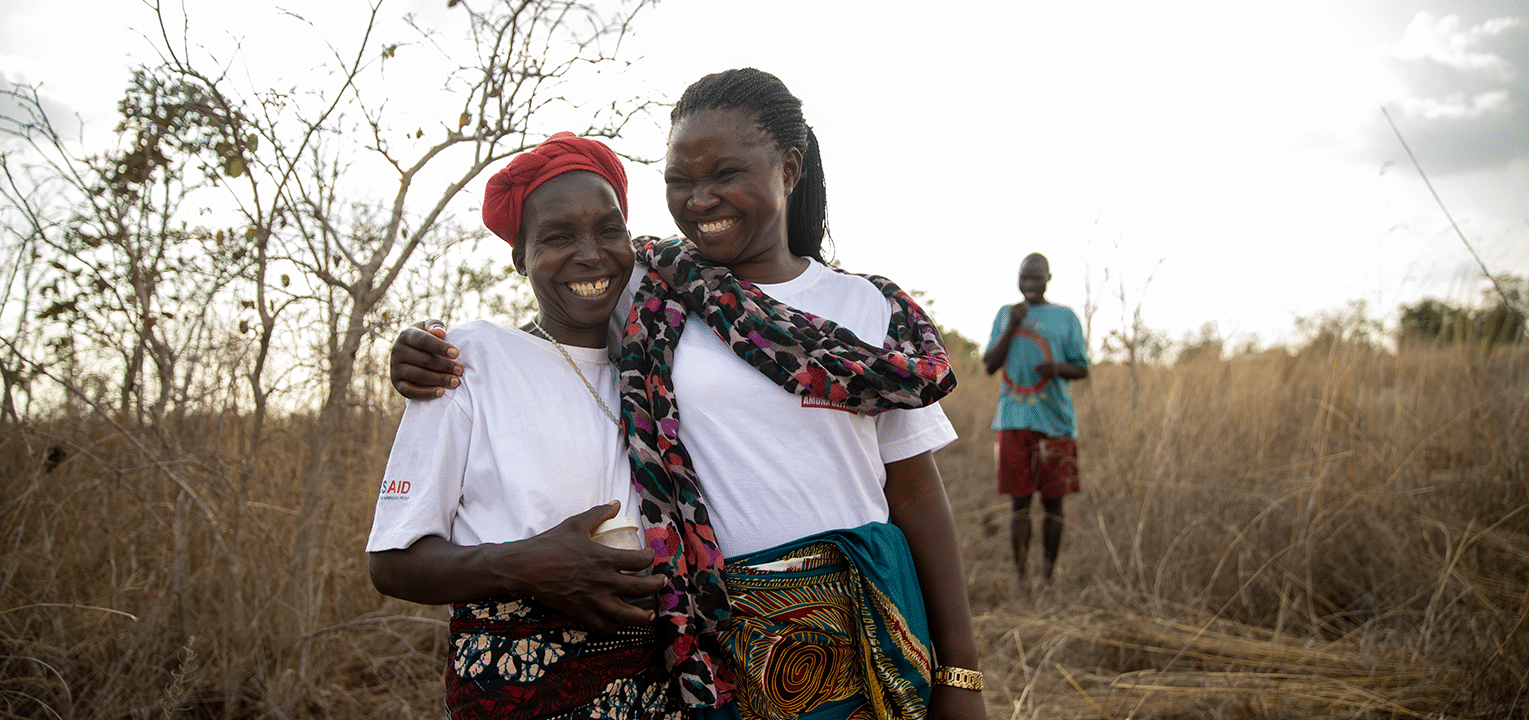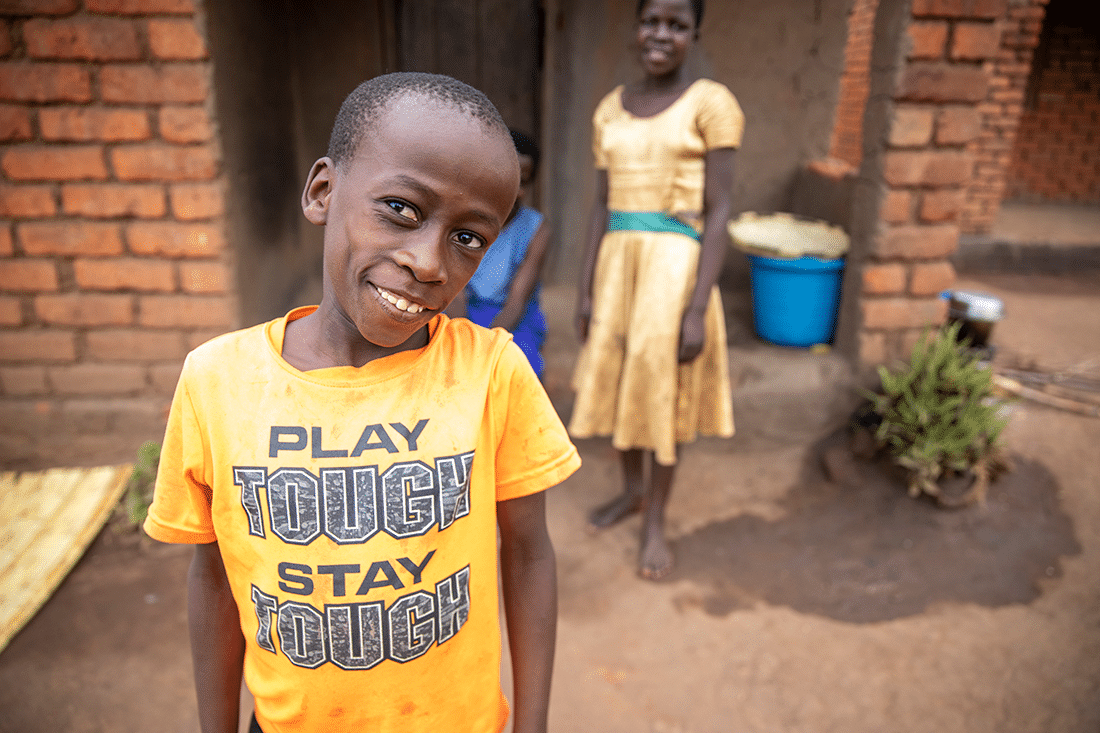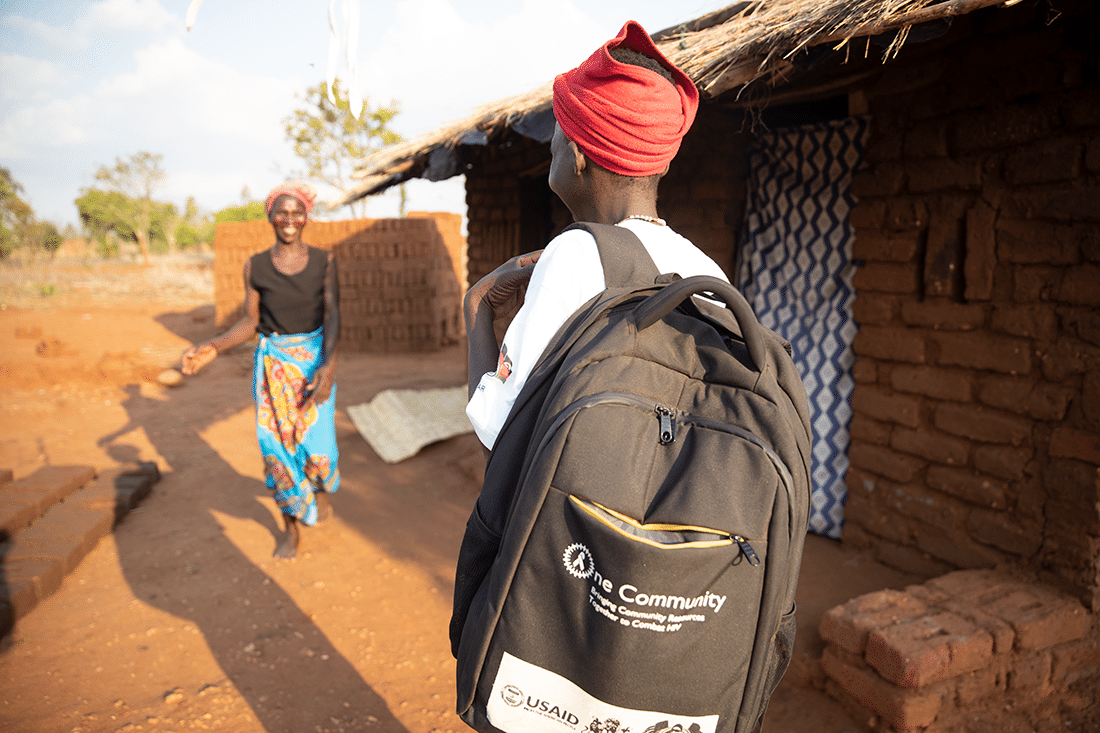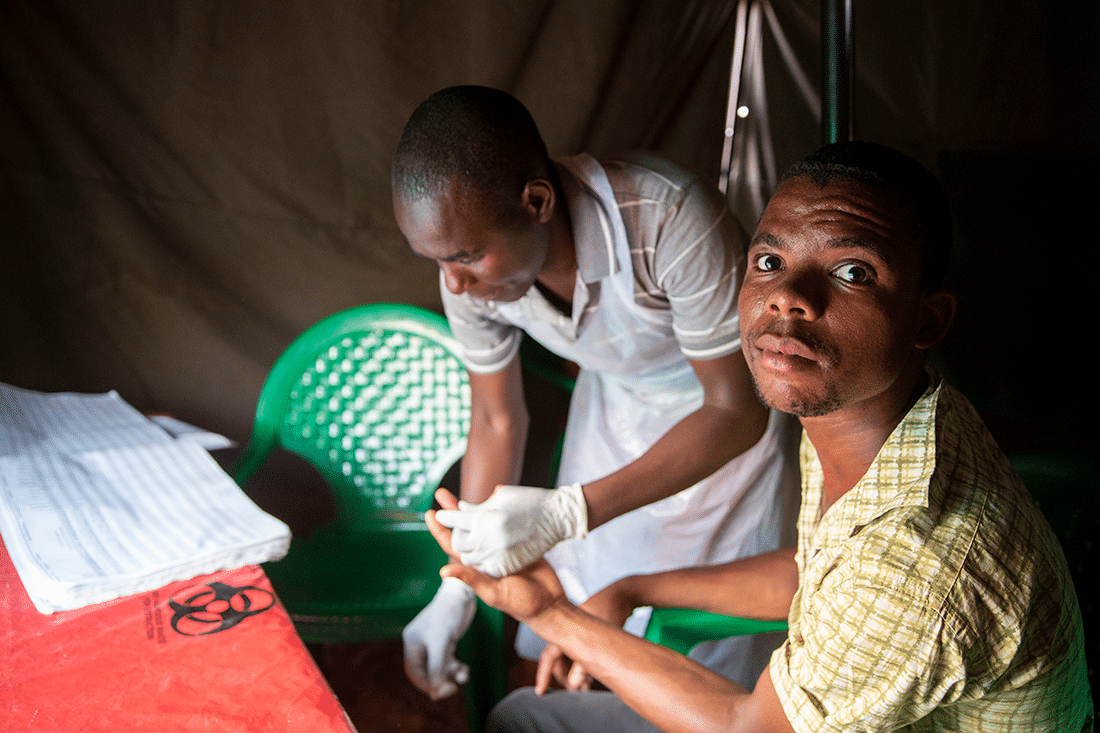
Infectious Diseases: What You Need to Know
TB, HIV/AIDS, COVID-19 — get the facts about some of the world’s deadliest infectious diseases and learn more about how HOPE is fighting back.
Every person on the planet is at risk of infectious disease. And as COVID-19 sweeps the globe, that threat is felt more now than ever before in our lifetimes.
Project HOPE is on the front lines of the fight against infectious disease. Every year, we help hundreds of thousands of people living with disease find the care and support they need to build a healthier future. So what are the greatest threats, where are they most common, and who is most vulnerable? Get the facts on how HOPE is responding to the threat of disease and learn more about what you can do to help.

What infectious diseases does Project HOPE focus on?

HOPE is focused on combatting the world’s deadliest infectious diseases: TB, HIV/AIDS, and now COVID-19.
TB is the deadliest infectious killer, and one of the top 10 causes of death worldwide. Progress is being made against the epidemic, but not fast enough. Every day, more than 4,000 people lose their lives to TB, while as many as 30,000 people develop the disease.
HIV/AIDS continues to be a major global health issue as well. Every week, 6,000 adolescent girls and young women become infected with HIV. Steady global progress has been made in reducing AIDS-related deaths, and more gradual progress in reducing new HIV infections. Between 2000 and 2018, new HIV infections fell by 37% and HIV-related deaths fell by 45%. But progress is slowing, and gains are getting smaller every year.
HOPE also stands ready to pivot and respond to disease outbreaks, whenever and wherever they strike. In 2014, we helped Sierra Leone combat Ebola, sending emergency medical supplies and an emergency task force to help save lives. Today, we are on the front lines of the response to COVID-19. We have been responding since the very beginning of the pandemic, and we will continue to respond as long as the world needs us.

Where are infectious diseases most common?
In 2018, just eight countries accounted for two-thirds of the world’s TB cases.
Most cases of TB and HIV occur in developing countries — in places where preventative treatment and quality care is often unaffordable or out of reach.
Over two-thirds of people living with HIV are in Africa. In 2018, due to gaps in health services, 470,000 people on the continent died from HIV-related causes and 1.1 million people were newly infected.
Similarly, almost all TB cases and deaths occur in the world’s poorest communities, mostly concentrated in Southeast Asia, Africa, and the Western Pacific. In 2018, eight countries accounted for two-thirds of all TB cases: India (27%), China (9%), Indonesia (8%), the Philippines, Pakistan, Nigeria, Bangladesh, and South Africa.
But in an interconnected world, we don’t win the fight against infectious disease until every country is safe. With a pandemic like COVID-19, it doesn’t matter if cases in one community are reduced if the next community over still can’t control it.
“We live in a more densely populated and interconnected world than ever before,” says Chris Skopec, Project HOPE’s executive vice president for global health. “We’ve already seen what the threat of infectious disease can be — and that threat continues to grow.”

Who is most at risk of infectious disease?

No one is immune to infectious disease, but some populations are at higher risk — namely women, young people, and those with disabilities and preexisting health conditions.
HIV is the leading cause of death for women of reproductive age. Infections among young women are 60% higher than among young men of the same age. AIDS is also the leading cause of death among adolescents in Africa, and the second most common cause of death among adolescents worldwide.
TB infects people of all ages, but the chance of developing TB is higher for those in close contact with TB patients, especially children, as well as people living with HIV. People with HIV are 20 times more likely to become ill with TB, which causes 1 in 3 of all AIDS-related deaths.
People with HIV are 20 times more likely to become ill with TB, which causes 1 in 3 of all AIDS-related deaths.
But there’s another group of people at high risk of contracting infectious diseases: those saving lives on the front lines.
According to a report from the Centers for Disease Control, at least 9,200 U.S. health workers have contracted the coronavirus in the last two months, an estimate that’s said to be conservative and incomplete.
In developing countries, health workers pay an even steeper price. During the 2014-15 Ebola outbreak, Sierra Leone lost a staggering 21% of its health workforce. That loss is still felt today: only 165 doctors serve a population of 7 million people.
“The number one victim of the Ebola outbreak was actually health workers,” says Project HOPE President and CEO, Rabih Torbay. “They were overwhelmed, they didn’t have supplies, they were working long hours. This is the fear of these spikes: if you don’t have enough health workers, you’re not going to be able to contain it anymore.”

How does Project HOPE fight the spread of disease?
HOPE is helping reduce the burden of infectious diseases like TB and HIV by strengthening health systems and training health workers in high-burden countries. We also stand ready to respond when widespread outbreaks strike, in places where hospitals and clinics are underequipped and communities are unprepared.
The most critical part of strengthening a country’s ability to fight infectious diseases is by building the capacity of its health care workers — at national and community levels.
In response to COVID-19, HOPE has delivered over 6.5 million pieces of PPE and helped train 16,000 health workers around the world.
Project HOPE always responds to the specific needs and challenges of the countries and communities where we work. Our work typically focuses on improving detection and expanding access to care, treatment, and support services. Many of our programs also address HIV/AIDS and TB co-infection.
“HOPE doesn’t take a one-size-fits-all approach to any of the work that we do,” Skopec says. “Each country presents its own strengths, its own weaknesses, its own challenges that we have to be able to understand and define what our role and contribution can be.”
When outbreaks like COVID-19 strike, HOPE mobilizes quickly to deliver critical medical support and supplies where they’re needed most — empowering local health workers with the training and tools they need to save more lives.
In the last six months, HOPE has worked around-the-clock to stem the tide of COVID-19. We have distributed over 6.5 million pieces of personal protective equipment, provided training for over 16,000 health workers, and supported response activities in over 40 countries around the world — starting at the epicenter in China.
Read more about our response to disaster and health crises.

What impact is Project HOPE having?

HOPE has supported progress to defeat infectious diseases like TB and HIV for over 30 years.
Our work supports the UN’s 90-90-90 goals to help end the AIDS epidemic and the Stop TB Partnership’s 90-(90)-90 targets to end the global burden of TB.
Last year alone, HOPE helped build a healthier future for more than 821,000 people affected by HIV/AIDS or TB. More than 41,000 people were able to learn their HIV status, 62,000 were tested for TB, and hundreds of thousands received the care and support they need to manage their diagnosis, like 65-year-old Adunga in Ethiopia and 10-year-old Evance in Malawi.

How you can help
Make a lifesaving gift to support our work now and for the future at projecthope.org/donate.
Are you a health-care or other professional who would like to learn more about volunteering abroad with Project HOPE? Learn more about our volunteer program and join our volunteer roster.
Stay up-to-date on this story and our lifesaving work around the world by following us on Facebook, Instagram, LinkedIn and Twitter, and help spread the word by sharing stories that move and inspire you.